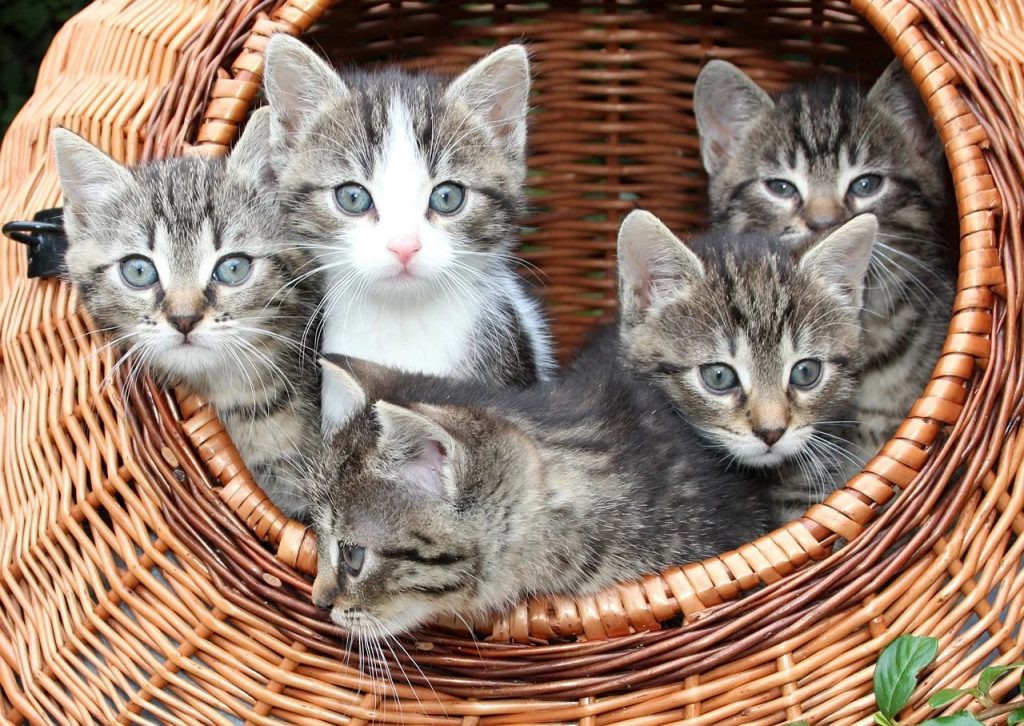
It is not a secret that I am not a big fan of the way grantmaking has been done in our sector. Often, the foundations who claim to be aligned with equity continue to use truly crappy funding practices that perpetuate inequity. As a reminder, only 7% of philanthropic dollars are targeted toward Black, Indigenous, Latinx, and POC communities, and 3% go toward serving disabled people, according to this summary by Candid. Trans communities, meanwhile, receive only .015% “or a penny for every $100.”
If foundations are serious about moving funding to the communities that are most affected by systemic injustice, then their funding philosophies and practices must evolve. My previous organization RVC and I collaborated to develop this Equitable Grantmaking Continuum, based on our experience working with grassroots organizations led by and serving marginalized communities these past several years, and taking a few pointers from efforts such as Trust-Based Philanthropy and Grantadvisor.org. Here’s the full-version, and here’s the one-pager you can print out and hang on your wall. Use this tool to analyze how your foundation is doing and then start taking action. Here are things to keep in mind:
Continue reading →




